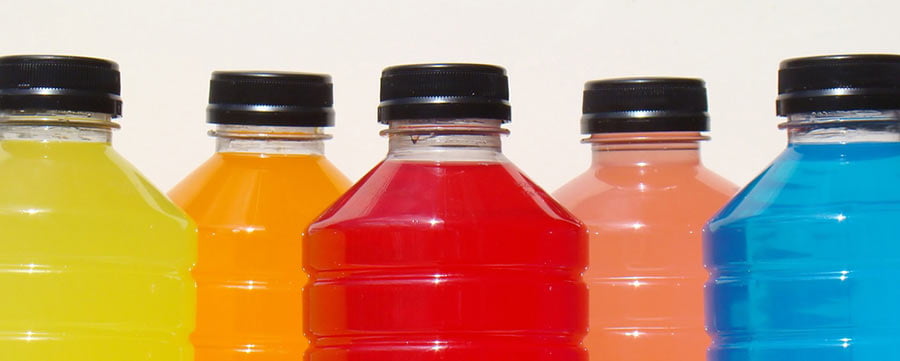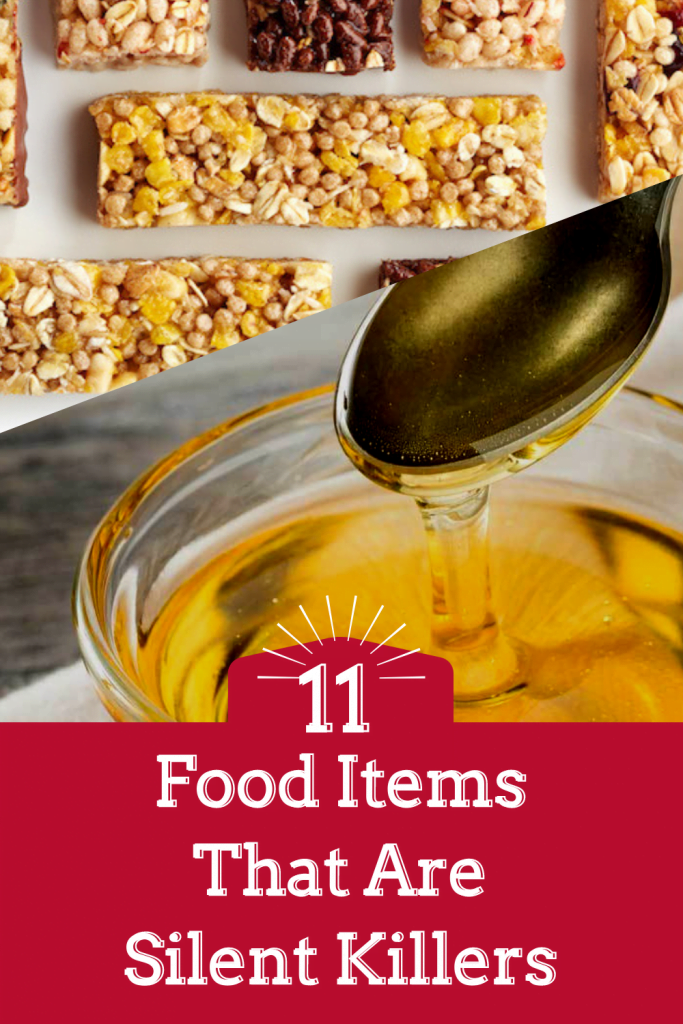11 Food Items That Are Silent Killers
Disclaimer: As an Amazon Associate I may earn from qualifying purchases from products mentioned on posts made on this site.
“Heart-strengthening benefits!” they scream, “Ancient superfood! Cancer-killer! This food is the secret to endless energy and perfect skin!” Most of the time, all the ruckus just results in naive soccer moms and affluent thirty-somethings wasting a few bucks, but sometimes, those promising little signs kill. Though they’re touted as superfoods, these eleven “healthy food items” may be silently killing you.
1. Processed Breakfast Cereals
These boxes are usually white or brown, covered in bushels of wholesome-looking grains, and eager to tell you all about their fiber and vitamin content. The box will often say that the goodies within are fat-free and whole-grain, making them a perfect part of a balanced breakfast. And, at first glance, the nutrition facts on the back of the box may seem impressive: it’s got tons of iron, B vitamins, and even a hit of Vitamin D!
Don’t be fooled. The vitamin content in these “healthy” breakfast cereals come from synthetic sources added in to make them appear nutritionally sound. A closer look will reveal loads of carbohydrates and refined sugar. Beginning each day with a sugar rush will inevitably result in a crash and sugar cravings later in the day, making this breakfast choice the first domino in an erratic blood sugar roller coaster.
2. Low-Carb Desserts
In the 1990s, fat was the cause of all ills. Today, that scapegoat is carbohydrates, and as a result, food companies have shown up in droves with tons of low-carb alternatives to all your favorite treats: brownies, peanut butter cups, fudge, and even snack cakes. These low-carb junk foods are often marketed to people looking to lose weight (I’m looking at you, Atkins!), and they may work quite well in the short-term, but they will destroy your health. If you’re going to try a low-carb diet, don’t fall into the processed junk foods. Eat real low-carb food.
3. Nutrition Bars
If something boasts its energy-boosting superpowers, you probably don’t need it. It’s true that athletes who struggle to keep their protein and calorie intake high may benefit from the quick hit of nutrients provided by energy or protein bars, but for most of us, unprocessed food will provide all the nutrition we need– without the dangers of processed food. These high-sugar, white flour-laden bricks are really nothing more than chocolate bars with added protein. If you’re starving and must rely on a nutrition bar, read the ingredients carefully! Some brands are eviler than others.
4. Artificial Butter or Margarine
The fat-phobia of the 1990s brought with it a quote-unquote “healthy” alternative to butter: margarine. This lower-calorie butter substitute is loaded with trans fats or highly processed vegetable oil, making it worse than butter in many cases. A couple of studies have actually shown an INCREASE in heart attack risk for people who substitute margarine for butter! Yikes. If you want something creamy for your toast, and you’re avoiding butter, try avocado instead of margarine.
5. Gluten-Free Snacks
Today’s health phobia is gluten, and as a result, the gluten-free way of life has become downright trendy. Nearly one-third of the population in the U.S. either avoids gluten or wants to reduce their intake, so it’s no wonder that food companies have jumped on the opportunity. Muffins, cookies, white bread.. you name it, they’ve made a gluten-free version of it. The problem? Gluten-free does not mean healthy. They have often swapped gluten for some other highly refined starch that will spike your blood sugar.
6. Fat-Free/Low-Fat Snacks
The chemical-laden brethren of margarine and fake butter, these fat-shaming packaged foods are often clustered together on the shelves, appealing to your waistline and your cardiac-centric fears. Because foods that have had the fat stripped out of them tend to taste, well, awful, food companies have had to up the sugar and artificial sweeteners in order to make these low-fat products palatable, making them ten times worse for your health than the full-fat versions! Avoid anything that boasts its low-fat content.
7. Sugar-Free Foods
It’s true that sugar is bad for you– and more and more, people are beginning to understand that sugar, not fat, is the enemy. But food companies have adjusted accordingly, and now there are plenty of sugar-free or “no sugar added” products to appeal to diabetics and weight-watchers alike. I shouldn’t have to tell you this, but: sugar-free Red Vines or Reese’s Cups are not healthy. Instead of regular sugar, food companies have amped up the chemical sweeteners. Aspartame and sucralose may not up the sugar content, but they will do plenty of damage to your organs and to your waistline.
8. Sports Drinks
These sweet, brightly colored drinks were made for athletes who are covered in sweat and in possession of glycogen-starved muscles. That’s all they are– water, sugar, and electrolytes. Just one bottle of Gatorade has well over 30 grams of sugar! So unless you’re in the middle of a marathon and you need fast energy, you’re better off drinking water.
9. Agave Nectar
Beloved by vegans and cane sugar-phobes everywhere, agave is considered by many to be a healthy alternative to sugar because it has a lower glycemic index. Unfortunately, its low GI has nothing to do with health– agave nectar is little more than ridiculous amounts of fructose. Fructose, which goes straight to your liver, is worse than sugar! Look out for “sugar-free” products that use this sweetener.
10. Trans Fat
This is probably the most well-known of the food villains, and it was born as a result of the aforementioned saturated fatphobia. Trans fats are incredibly difficult to avoid because food manufacturers can say that their product has no trans fat even when it does! If a product has less than half a gram of trans fat per serving, they’re allowed to call it zero. Steer clear of processed foods like drive-thru hamburgers and fries (duh), packaged cookies, and even microwave popcorn.
11. Fruit Juice
Touted as a healthy alternative to sugar, fruit juices are the most innocent-looking of all the edible assassins. Many fruit juices on the market today only have a small amount of actual fruit in them– instead, they are full of dye, artificial additives, and sugar.
But even real fruit juice is a terrible idea. Juice is good for you when it’s inside the fruit. Eating whole fruit gives you all the vitamins and sweetness with the added fiber to prevent blood sugar spikes, but if you just drink the juice, you might as well mainline sugar. Stick with whole fruit when you want something sweet, and drink water with your meals instead of juice.
Notice: Amazon and the Amazon logo are trademarks of Amazon.com, Inc, or its affiliates.


